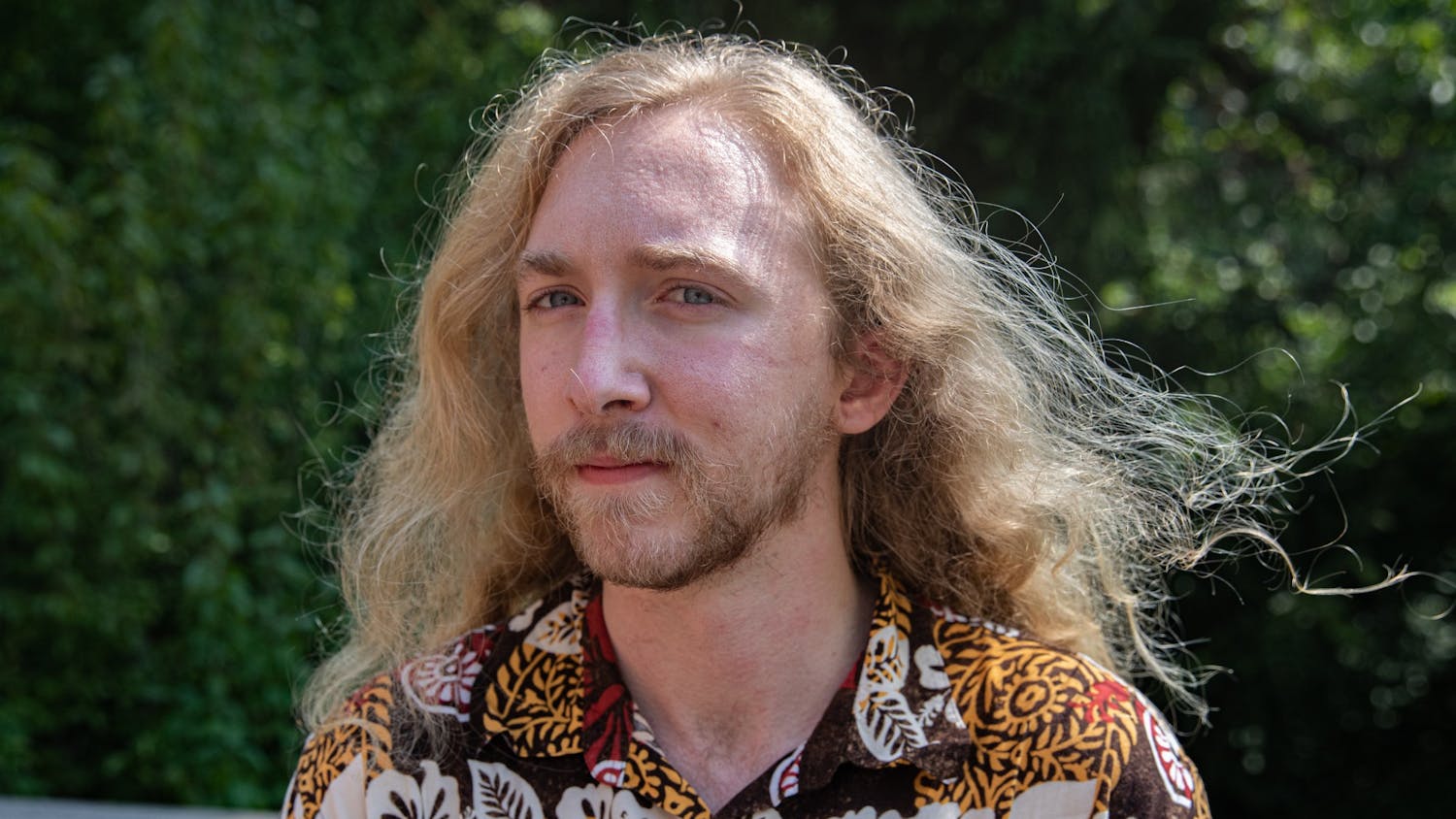Crimes of the Future marks the return of David Cronenberg to his horror roots. The film is about the near future where humans are rapidly evolving to meet their synthetic environments. Viggo Mortensen plays a performer whose live performances involve vivisection.
Cronenberg's recent films have been dramas, so the return to horror was a surprise to dedicated fans. What is promising about this new film is what Cronenberg has consistently brought to his films since the late '70s: body horror.
“Body horror” is the subset of horror that involves the body. This can be transformations or damage inflicted on the body. Often the body is a substitute for larger issues affecting a group. Films like Candyman and Titane are recent examples.
Specifically, asking viewers to look inwards rather than outwards. Looking at ways that our body is used to interpret the world. This results in the body becoming the medium to discuss complex issues or personal feelings of the director.
Cronenberg described his third film, The Brood, as his Kramer vs. Kramer though more realistic. The Brood is a psychological body horror about divorcees Frank and Nola. Frank cares for their young daughter as Nola attends an experimental counseling. Meanwhile, a series of unconnected murders plague the small town.
The film draws heavily from the Hammer style with gore, strong cinematography and name actors, in this case, Oliver Reed. Though, beneath the layers of horror is a drama of a couple working through their divorce. The conflict between the pair is externalized through horror.
This comes in the form of the Brood, creatures that terrorize the small town. The killings correlate between their actions and Nola’s thoughts. Her own personal anxieties are manifested into the world to horrific effect.
Not a drama in the style of the Brontës, The Brood is an exploration of Cronenberg’s thoughts and feelings in the moment of his own divorce. The role of horror is to present elements beyond us in a way that can’t be processed emotionally.
While Videodrome responds to an invasion of home by television and VHS. The plot follows a TV executive obsessed with a violent, late-night program. In an attempt to find its original creator, he is often challenged on what is reality.
The gap between media and body shortens as effects demonstrate the “life” of televisions and VHSs where the fictionalized reality of television takes precedence over the reality we live in. The use of body horror shows the encompassing effect of television in our lives and asks for us to reflect.
Cronenberg’s media is interested in the role of the body and technology in human lives. Though often confronting in its subject matter, Cronenberg asks viewers to reflect on the self and society.
In his hands, metaphors become something visceral. Something that is not only hard to look at in the media, but also to discuss in life. Crimes of the Future promises to continue this trend with disturbing effects to make us reflect on ourselves.
Benjamin Ervin is a senior studying English literature and writing at Ohio University. Please note that the views and opinions of the columnists do not reflect those of The Post. Want to talk more about it? Let Benjamin know by emailing him be425014@ohio.edu.




